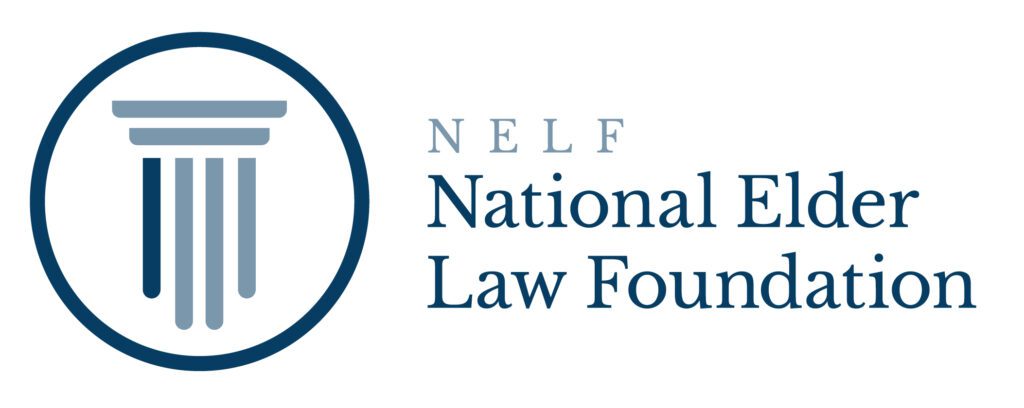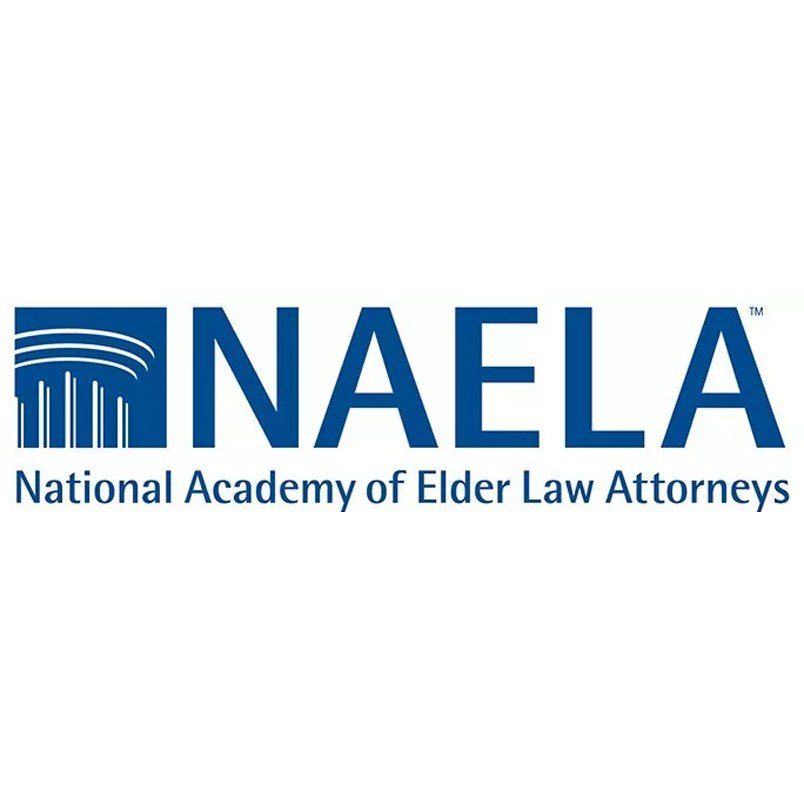Veterans who transfer assets could be made ineligible for pension benefits under new rules proposed by the VA.
Many of America’s 12 million veterans who are over age 65 can qualify for a monthly VA Pension if they have low income and limited net worth. If you qualify, VA pays you the difference between your countable income and an income limit that varies depending on your particular situation.
Unreimbursed medical expenses can be deducted in calculating a veteran’s countable income. This means many older veterans who would not previously have qualified for a pension may become eligible when they encounter increased medical and long term care expenses.
For example, assume a married veteran is aged 72 in good health and has $2,500 a month in countable income. In 2015 the income limit for a veteran in need of aid and attendance who has one dependent is $2120 per month. Because his income is over the limit, this healthy veteran would not qualify for pension.
But, if due to declining health that veteran is in need of aid and attendance and is incurring $2,000 a month in related deductible expenses his countable income is reduced to $500 a month. Upon his application, the VA would award $1,620 per month in pension to the veteran. This is the amount necessary to bring the veteran’s countable income up to the applicable monthly pension allowance.
A wide range of care related expenses are deductible. This can include costs incurred for home care, medications and health insurance premiums. Certain payments to assisted living, adult day care, and similar facilities can be deductible as medical expenses
Pension can be a crucial financial support for our older veterans and their surviving spouses. It can provide additional income so that an older veteran can pay for critically needed health and long-term care services. It can mean that the veteran can stay at home and not be institutionalized. Or it can help pay for care at an assisted living facility. It can also provide needs-based income to the surviving spouse of a deceased veteran.
On January 23, 2015 VA proposed a number of significant changes to the rules governing eligibility for a pension allowance. The proposed rulemaking (regulations) would establish new requirements pertaining to the evaluation of net worth and asset transfers and would more clearly identify those medical expenses that may be deducted from countable income.
The proposed changes fall into three general areas:
- Establishment of a “Bright Line” Net Worth Limit
- Revision of the rules governing deductible unreimbursed medical expenses
- Establishment of 3 year ‘look-back” on transfers of covered assets.
The VA’s Notice of Proposed Rulemaking (NOPR) is available at https://federalregister.gov/a/2015-00297
The Net Worth Limit
Governing law requires VA to deny pension when it is reasonable to require the veteran to consume some portion of his or her net worth for personal maintenance. The VA views this to mean that the Congressional intent was that the pension program benefits be paid only to those who are in need.
However, unlike other Federal needs-based programs (the Supplemental Security Income (SSI) and Medicaid long term care programs) VA regulations have not prescribed clear net worth limits for pension entitlement. VA now proposes to change this, by establishing a “bright line” net worth limit.
Theproposednetworthlimitisthedollaramountofthemaximum communityspouseresourceallowance (CSRA) establishedforMedicaidpurposesatthetimethefinalruleispublished. In 2015 this amountis$119,220. This limit will be indexed for inflation in the same manner as the CSRA – byadjustingitatthesametimeandbythesamepercentageascost-of-livingincreasesprovidedtoSocialSecurity beneficiaries.
The amount of a claimant’s net worth would be determined by adding the claimant’s annual income to his or her assets.
For example: A claimant has assets of $113,000 and annual income of $8,000. Adding annual income to assets produces a net worth of $121,000, which exceeds the 2015 net worth limit.
In calculating net worth VA proposes to exclude the value of the claimant’s primary residence. The primary residence would be excluded as an asset regardless of whether the claimant is residing in a nursing home or an assisted living or similar residential facility that provides custodial care, or resides with a family member for custodial care.
If the primary residence is sold, VA would not include the proceeds from the property sale as an asset to the extent the claimant uses the proceeds to purchase another residence within the same calendar year.
Note that a veteran’s assets include the assets of the veteran as well as the assets of the veteran’s spouse, if the veteran has a spouse. The same net worth limit applies when a surviving spouse is seeking pension benefits.
Deductible Medical Expenses
The law provides that VA may deduct a claimant’s out-of-pocket medical expenses from the claimant’s countable income to decrease the claimant’s income, thereby increasing the claimant’s benefit entitlement rate. However, current regulations do not define or describe what VA considers to be a medical expense.
This has created confusion and inconsistent determinations regarding medical expense deductions, particularly with respect to room and board deductions for various types of facilities that do not, in fact, provide medical or custodial care.
The proposed rulemaking would define and clarify what VA considers to be a deductible medical expense. It provides definitions for several terms, including activities of daily living (ADLs) and instrumental activities of daily living (IADLs). “Custodial care” means regular assistance with two or more activities of ADLs or assistance because a person with a mental disorder is unsafe if left alone due to the mental disorder.
The new rules would provide that generally, payments to facilities such as independent living facilities are not medical expenses, nor are payments for assistance with IADLs. However, there would be exceptions for disabled individuals who require health care services or custodial care.
The proposed rulemaking would place a limit on the hourly payment rate that VA may deduct for in-home attendants.
Transfer of Asset Penalty
Current regulations do not prohibit a claimant from transferring or disposing of assets before applying for pension. But VA considers such transfers to be inconsistent with Congressional intent that pension be a needs-based benefit program.
The proposed rulemaking would establish a presumption, absent clear and convincing evidence showing otherwise, that asset transfers made during a 36 month look-back period were made to establish pension entitlement. A penalty period, not to exceed 10 years, would be calculated based on the assets transferred during the look-back period to the extent they would have made net worth excessive. The penalty period would begin the first day of the month that follows the last asset transfer. The applicant would be eligible to receive pension benefits after the penalty period.
Transfer penalties would be applied to transfers of a covered asset. The rulemaking defines ‘‘covered asset’’ to mean an asset that was part of net worth, was transferred for less than fair market value, and would have caused or partially caused net worth to exceed the limit had the claimant not transferred the asset.
The ‘‘covered asset amount’’ would be the monetary amount by which net worth would have exceeded the limit on account of a covered asset if the uncompensated value of the covered asset had been included in the net worth calculation. The covered asset amount is the amount that VA proposes to use to calculate the penalty period as described below.
Thus, the penalty period would not be based on the entire transferred amount but only on the portion that would have caused the net worth to exceed the eligibility limit. This means that some transfers may not create any penalty period at all. Note also that a smaller covered asset amount results in a shorter penalty period.
The rulemaking also defines transfers to include any asset transfer to or purchase of any financial instrument or investment that reduces net worth and would not be in the claimant’s financial interest were it not for the claimant’s attempt to qualify for VA pension by transferring assets to or purchasing such instruments or investments. The proposed rule singles out annuities and trusts in this regard.
The “look-back period” means the 36 month period before the date on which VA receives either an original pension claim or a new pension claim after a period of non-entitlement. VA notes that it specifically chose to impose a three year look-back similar to SSI rather than the five year look-back period that applies to Medicaid long-term care benefits.
The penalty period imposed due to transfers may be as long as ten years. To calculate the penalty period VA follows a formula similar to that used by the SSI program. VA’s formula would determine a penalty period in months by dividing the covered asset amount by the applicable maximum annual pension rate (MAPR) under 38 U.S.C. 1521(d), 1541(d), or 1542 that is in effect as of the date of the pension claim, divided by 12 and rounded down to the nearest whole dollar. The MAPRs are located on VA’s Web site at https://www.benefits.va.gov/pension/.
For veterans and surviving spouses, VA would use the maximum annual pension rate with the applicable number of dependents at the aid and attendance level in effect as of the date of the pension claim. If the claimant is a child, the annual rate is the child alone MAPR.
Beginning date of penalty period. When a claimant transfers a covered asset or assets during the look-back period, the penalty period begins on the first day of the month that follows the date of the transfer. If there was more than one transfer, the penalty period will begin on the first day of the month that follows the date of the last transfer.
VA would recalculate the penalty period if all of the covered assets were returned to the claimant before the date of claim or within 30 days after the date of claim. Once correctly calculated, the penalty period would be fixed, and return of covered assets after the 30-day period provided would not shorten the penalty period.
Other changes in the proposed regulation, such as implementing statutory changes pertaining to certain pension beneficiaries who receive Medicaid-covered nursing home care, implementing statutory income exclusions, and implementing a non-statutory income exclusion pertaining to annuities, codify current practice.
My Two-Cents
On the positive side, the proposed regulation would clarify some issues that lead to inconsistent decisions for similarly situated claimants. And it should reduce the claim review discretion that can allow for unequal treatment of similarly situated claimants. The added clarifications, definitions and the relatively clear net worth limit should promote more uniformity and consistency in pension entitlement determinations.
On the negative side, the addition of the asset transfer prohibitions and penalties will create a significant new barrier for many veterans and add complexity to the filing and processing of claims. The proposed rule regarding annuities and trusts that “would not be in the claimant’s financial interest but for the claimant’s attempt to qualify for VA pension” seems particularly vague and problematic.
The transfer penalty rule will mean that eligibility for VA needs based pension programs will become similar to that for SSI and Medicaid long term care benefits. The added complexities suggest that veterans will be even more in need of planning assistance prior to applying for pension.
The rulemaking is VA’s response to a June 2012 Government Accountability Office (GAO) report on Veterans’ Pension Benefits.
At this time these rules are only proposed, not final. VA is accepting comments until March 24th.
I anticipate that VA will receive lots of comments and that some changes will be made to the proposed regulation. But the transfer penalties will almost certainly survive.
After VA has a chance to consider and respond to comments I expect it to issue its final rulemaking. But the timing is unclear. It could be a while before these changes are implemented.
Further Reading
Over age 65 and a Veteran? Don’t miss out on VA Pension Benefits
Beware the Boondogglers selling Trusts for VA Pension Benefits




